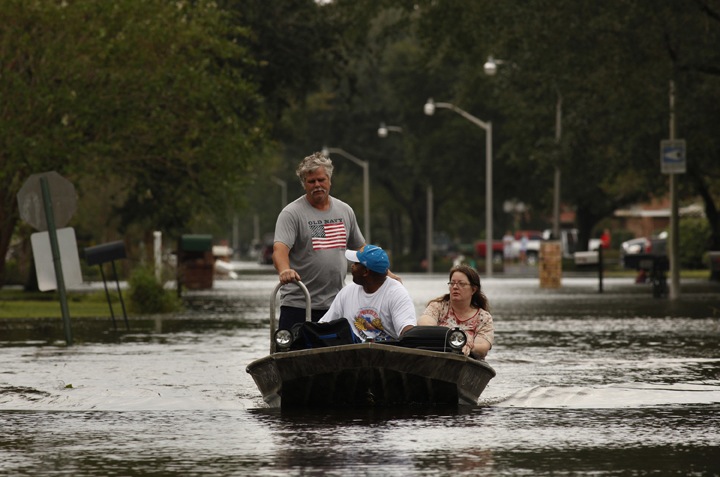Preparing for Climate Change on Campus
October 4, 2012

The recent climate changes our environment has gone through are undeniable. From the increase in tornadoes, hurricanes, droughts, floods and other natural disasters, many colleges across the country have fallen victim to the mass destruction and unfortunate incidents, such as Tougaloo College and Dillard University that were destroyed by the forces of Katrina. Here at Fordham, we are not exempt from these worries and dangers. Colleges must do something to stand up to these natural disasters.
The rising number of natural disasters occurring globally has been linked to global warming. Martha M. Larson, manager of campus energy and sustainability at Carleton College reported to The Chronicle for Higher Education, “The consensus—really is that we are observing more severe and more frequent weather events.” She goes on to say that though no one has outright said that we are experiencing climate changes, “we’re all thinking it.”
Like many colleges, Fordham has invested to extend their campus and add more to their properties. Fordham’s current project is the new 22-story building, adding to the dormitories and the law school, expanding our campus from 60th Street to 62nd Street, which is to be finished in 2014. The Fordham community has found ways to go “green,” in order to help the environment. Fordham has promised to abide by a “sustainability policy” to pursue the least negative environmental impact by recycling as much material as possible. The university is also working towards meeting the City of New York’s program for carbon reduction by at least 30 percent by the year 2017. Furthermore, all new buildings are being designed to meet the requirements for the U.S. Green Building Council’s silver rating, which ensures that all additions to the university will be environmentally friendly.
However, even with these environmentally conscious changes, there are still some challenges present. Scientists agree that the effects of global warming cannot be reversed. The damage is done and we must live the consequences. One of these consequences is the climate changes that we are currently experiencing.
Last week, Fordham experienced a tornado warning in the areas surrounding the campus. Calls, emails and texts were blasted to each student reminding them to lock their windows and avoid leaving the dorm buildings. Yes, they tried to prevent any injuries from the natural disaster, but a mere warning will not always suffice. When a real disaster comes our way, we must be prepared. We cannot up and move our school. So initiatives must be taken to keep students safe and away from the disasters if need be.
Some scientists argue that schools should keep their green initiatives in tact to stop global warming from occurring. Yes, we should continue to be environmentally conscious, but at what cost? Simply being green is not enough, since it is too late for preventative measures. Instead, more of a focus should be on dealing with the adverse effects the global warming is having on our environment.
According to a study issued by Second Nature, very few colleges are focusing on how they can continue to operate through these climate changes. Sustainable spaces must be created to be able to adapt to these climate changes despite the costly nature of such projects.
In the end, these projects could save schools more money than it will cost them. In other words, they might as well be safe rather than sorry. If a school does not invest in a space that can adapt for the changing climates of today’s world, their current spaces may be damaged or destroyed in future natural disasters and weather changes, and that will be very costly to repair and to recover from.
Whether they want to admit it or not, colleges will be shelling out the money at some point, the question is now or later? More money should be invested in building sustainable areas to not only keep students safe, but to have facilities left if a disaster destroys the school. For example, Salt Lake Community College has off-campus housing in place for this reason.
Regardless of what the experts say and the scientists suggest, we cannot avoid the truth of our current situation. Our climate is changing and most universities are ill-prepared. Schools should not only be taking preventative measures to stop global warming from occurring, but more importantly they should prepare for the problems resulting from the global warming that is already happening. Changes must be made or dues will be paid later on.











